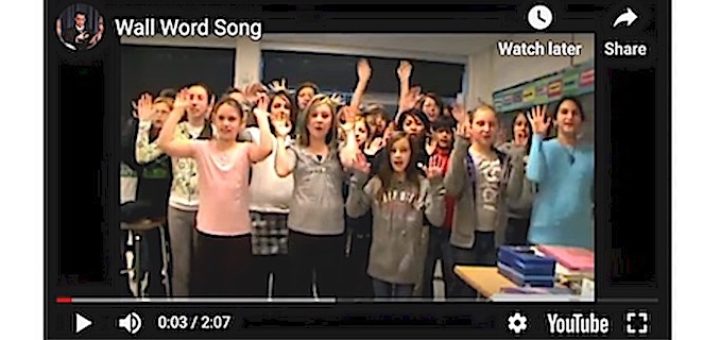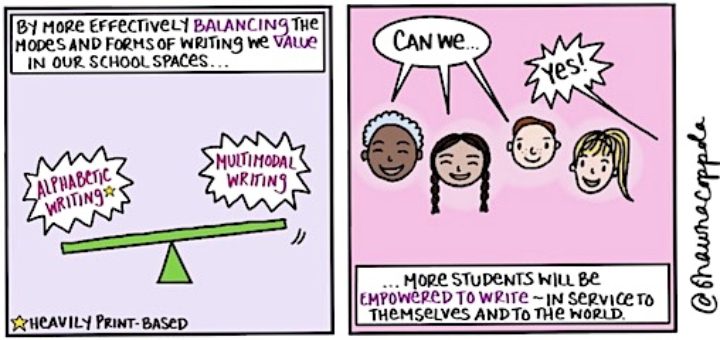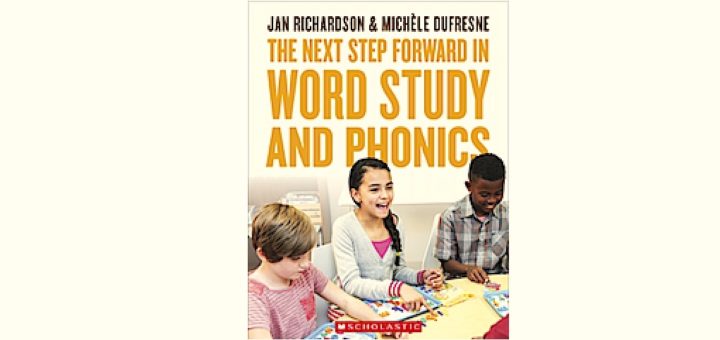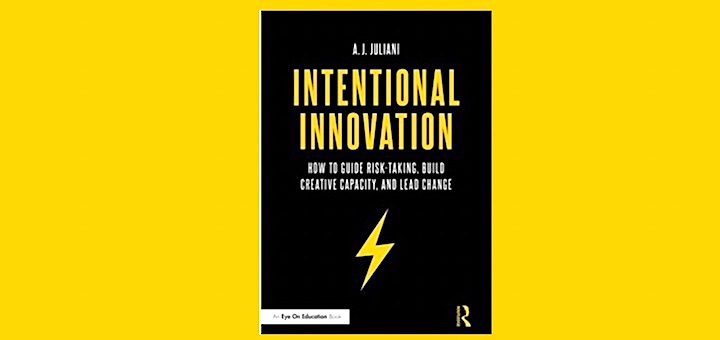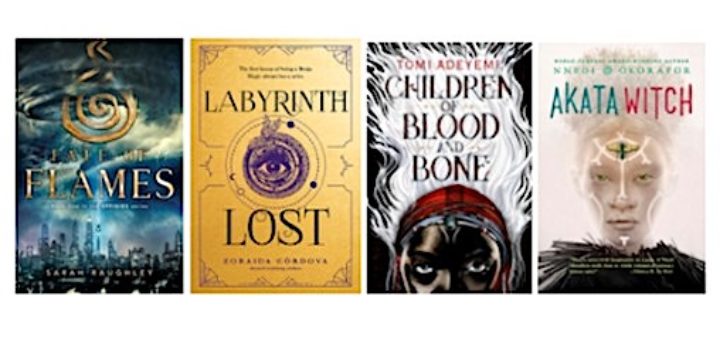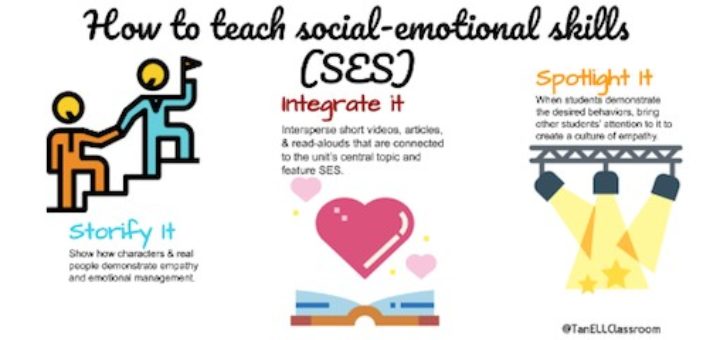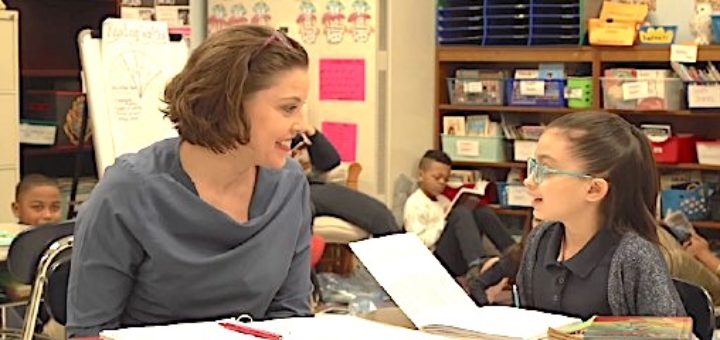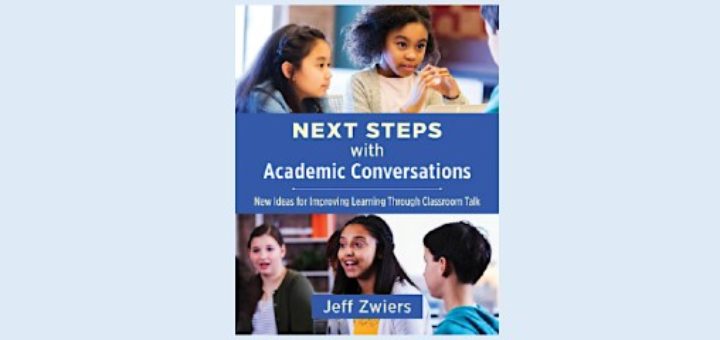Teaching and learning in grades 4-8
Effective teaching means engaging kids intellectually, socially AND physically. Educators who work strategically to include elements of kinesthetic activity will have students who are attentive, making connections, and able to recall later on. Curtis Chandler shows how.
The narrow “alphabetic” definition of writing found in many school classrooms actively disengages youth, says literacy author Shawna Coppola. Students simply prefer to compose using forms that incorporate visual, aural, and multimodal texts as a way to make or enhance meaning.
We lead busy lives and even the best leaders and the most astute decision makers are subject to “decision fatigue.” Author-educators Ron Williamson and Barbara Blackburn believe it is imperative for school leaders to “adopt strategies to minimize its negative impact.”
The Next Step Forward in Word Study and Phonics offers resources that will convince even the most skeptical that word study can be done quickly if done intentionally. Teacher Michelle Voelker likes the lessons targeting multiple reading levels and the many how-to videos.
Today’s educators have a plethora of technology at their fingertips. A.J. Juliani’s Intentional Innovation can guide them to make intentional choices for their classrooms, writes consultant Anne Anderson. She suggests the book for a faculty book study.
Where were the authors of color in Dina Strasser’s recent recommended list of speculative fiction for YA readers? Dina revisits her December post and considers why she overlooked women of color. Her commitment to being more inclusive includes new titles and future reviews.
To be the education leaders our society needs, operational expertise and pedagogical know-how are necessary but not enough, says author and mentor principal Toni Faddis. It’s by walking our ethical line and adhering to core values that we’ll achieve our school missions.
To help our English learners leave our classes and schools not only with greater language command but with more emotional control and awareness of others’ perspectives, Tan Huynh suggests storifying SEL, building social-emotional skills into lesson planning, and more.
To better understand what readers are thinking, Gravity Goldberg and Renée Houser urge teachers to reflect on current conferring questions, collaborate with colleagues on deeper questions that align with goals, and allow their teacher curiosity to help guide the conference.
Academic conversations create lifelong learners who believe they have a voice in the conversation of ideas. Jeff Zwiers’ book provides novel and effective means to equip teachers with the tools to promote academic conversations, writes instruction director Kelley Pujol.

